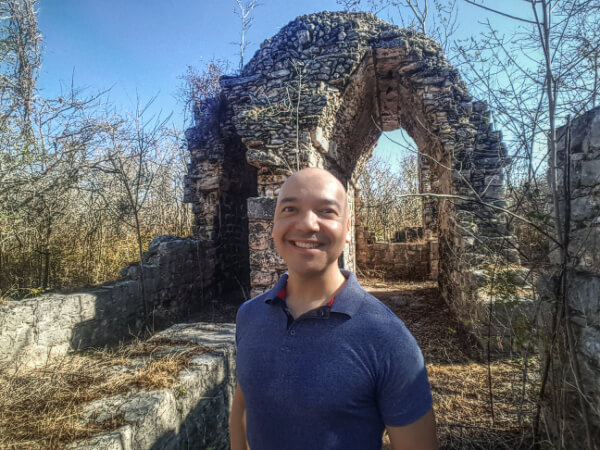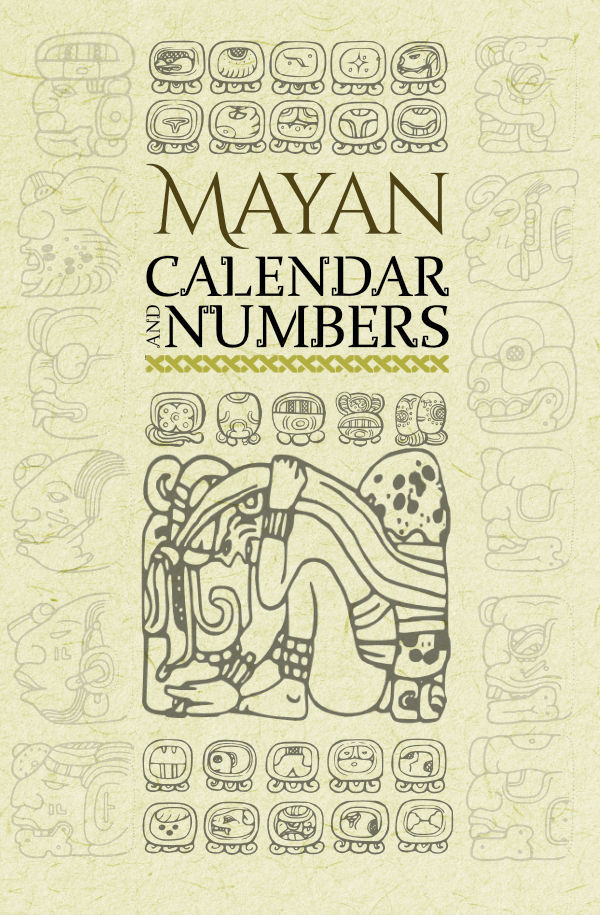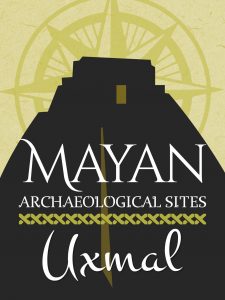The Sacred Cenote in Chichen Itza stands out as one of the distinctive features of this Mayan City. This Cenote is also called Chenku or Cenote de
The Mayan Peninsula has most of its water currents underground, mainly because of the limestone surface that quickly absorbs rainwater. The Mayans called these natural wells ts’onot, a word that transformed into Spanish led to Cenote.
The use of the cenote for rites and sacrifices took place mainly in the Classic (800 AD-1100 AD) and the Post-Classic (1100 AD-1550 AD), from where a lot of archaeological objects and human remains were found.
The Classic Period is associated with the splendor of this City and the Post-Classic represents the use of the Sacred Cenote in Chichen Itza as a place of worship and pilgrimage.
Physical description of the Sacred Cenote in Chichen Itza
The Sacred Cenote is a well 50 m in diameter in the north-south direction and 60.50 in the east-west direction, with almost vertical walls that widen towards the water level, forming limestone cavities. It’s 22 m from the edge to the water level, and from there to the bottom there are about 20 meters of water with muddy sediments that sometimes reach a thickness of 4 meters, especially in the center.

There was a building composed of two rooms, each with an entrance to the east and west, which was later modified. The west room was converted into a Temazcal or steam bath to purify the victims destined for sacrifice. And an irregular platform was also attached, almost on the edge of the well, from which perhaps they were thrown into the Sacred Cenote. There are carved stones on this platform similar to those of the Great Ball Court, this suggests that the practice of sacrifices in the Cenote was from later times, although other offerings were previously made to the water god.
The greenish color of its waters is due to the algae and microorganisms and also to the shade of the vegetation that grows around it.
The rocky edge of the well, especially its south side, was suitably conditioned, to the extent of showing some sort of two-level bleachers, perhaps for the better accommodation of the public that participated in the ceremonies.
Location of the Sacred Cenote in Chichen Itza
The Sacred Cenote in Chichen Itza is located 200 m away from the Venus Temple with the Kukulkán Pyramid on opposite side of the platform.














